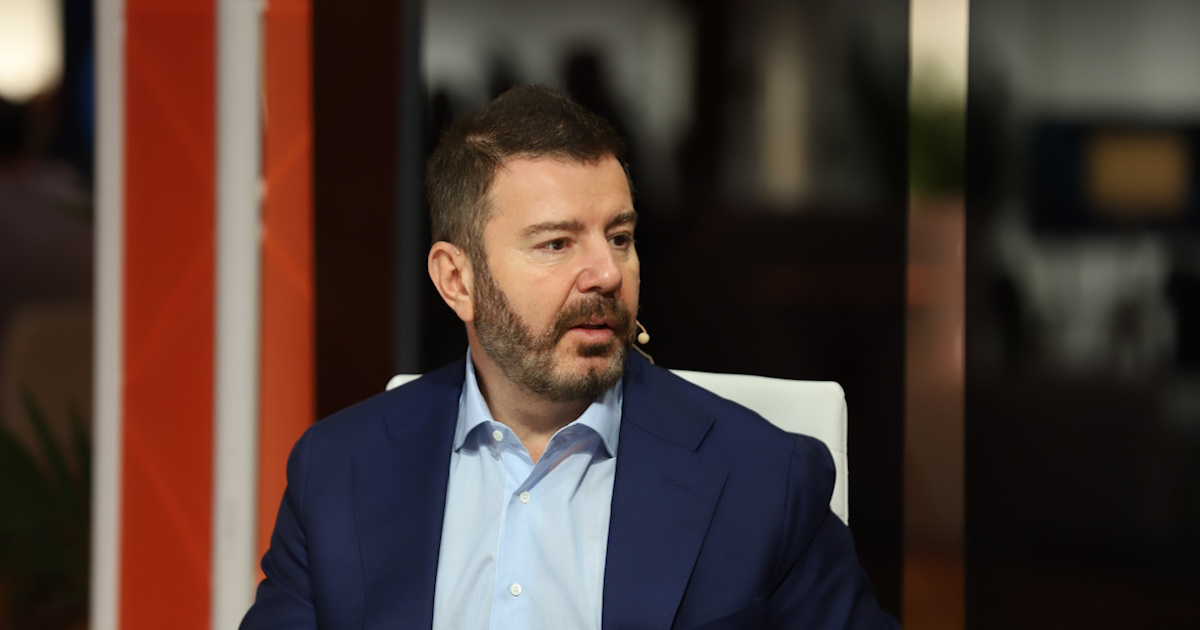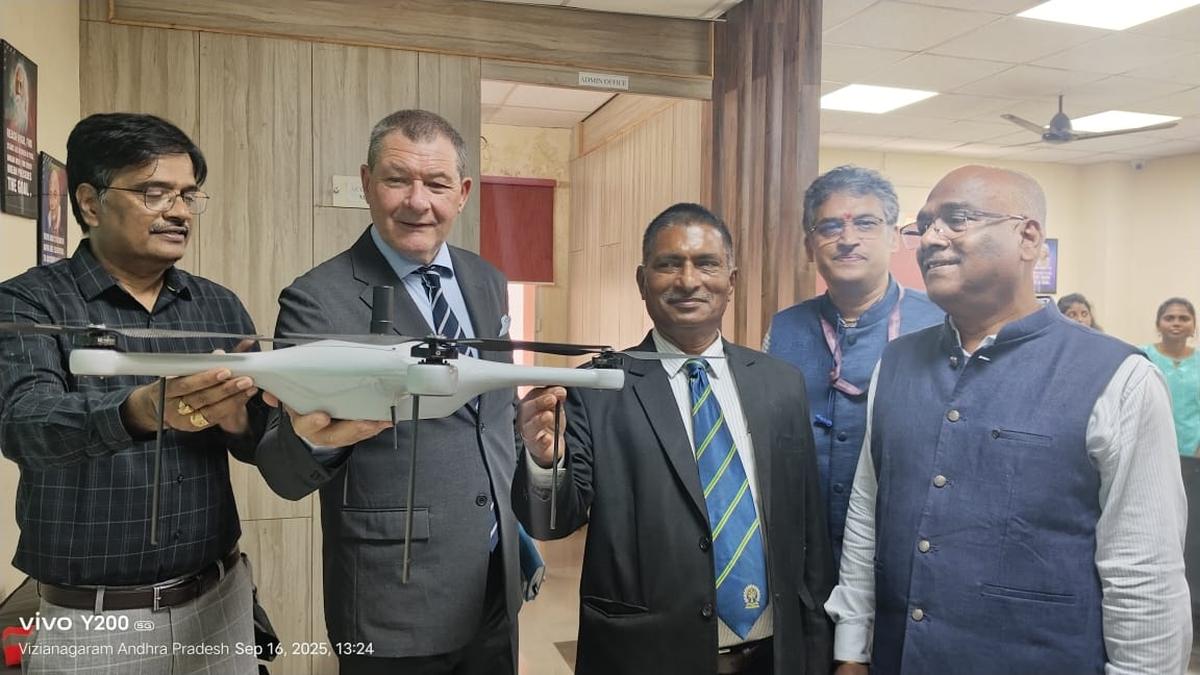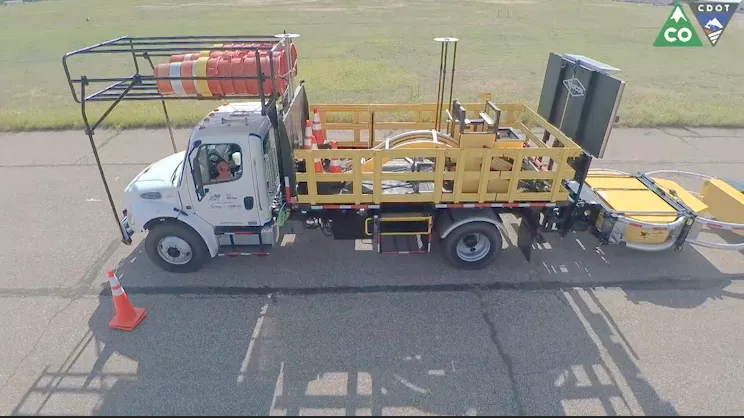
Artificial intelligence may dominate headlines, but AI orchestration is emerging as the critical layer that turns pilots into lasting enterprise value.
Rather than chasing small, quick wins, forward-looking companies are recognizing that true transformation comes from tackling high-impact challenges. This requires more than deploying technology — it calls for cultural alignment, executive commitment and a willingness to push ambitious projects into production. By reframing orchestration as the connective tissue between automation and outcomes, organizations are beginning to see how strategic boldness can translate experimentation into measurable results, according to Daniel Dines (pictured), chief executive officer of UiPath Inc.
“Our thesis is that you need to have a strong foundation of automation in order to bring intelligence into your processes,” Dines said. “Many companies are stuck into building chatbots that have little impact on productivity. What we all know in order to reap the huge outcomes you need to deliver as much as autonomously as possible.”
Dines spoke with theCUBE’s Dave Vellante and Rebecca Knight at UiPath Fusion, during an exclusive broadcast on theCUBE, SiliconANGLE Media’s livestreaming studio. They discussed how AI orchestration is reshaping enterprise strategies, with Dines outlining why bold projects and cultural change matter most. (* Disclosure below.)
AI orchestration as a path to value
The slow pace of AI adoption at scale is not due to a lack of tools, but a lack of orchestration that connects technology to outcomes, Dines explained. Small pilots may produce mild successes, but the real momentum comes from attacking critical, energy-intensive processes where even modest improvements excite organizations.
“Imagine you go for something that is extremely painful, consumes a lot of energy and time,” he said. “Even if you save 5% of their time on this, they will be excited.”
Another challenge is that companies often shy away from ambitious projects for fear of failure, which limits impact. That boldness is necessary to inspire organizational support and move adoption forward, Dines added.
“Pick something that is important for your organization and in case you are successful, will rally people behind you,” he said. “Then I think it’s important to pick a vendor that puts skin in the game. We are into an early adopter’s industry. I don’t think there are no blueprints of large-scale implementations. We are building them right now. Once they see that it works in their favor, they can do more human-like tasks … can engage better the customer, they can engage more customers. It’s a process that really helps with the adoption.”
Orchestration also requires winning over employees who may be anxious about automation. Leaders need to frame AI not as workforce reduction, but as workforce amplification, enabling employees to take on more human-centered tasks, Dines emphasized.
“This is not an exercise about reducing your [workforce.] It’s more of an exercise of growing without increasing the workforce,” he said. “It’s an exercise to help us address more customers.”
That cultural component has been critical at UiPath itself, where adoption is driven through incentives tied to performance. By embedding AI projects into compensation structures, the company encourages teams to see AI agents as enablers rather than threats, Dines explained.
“Every part of the organization had to come [up] with ideas,” he said. “That was basically part of their compensation structure. We show both, the carrot and the stick, in doing this.”
For organizations that already have strong process automation infrastructure in place, Dines emphasized that the path forward is clearer. These companies have already mapped workflows and can use AI orchestration to target steps robotic process automation cannot handle alone.
“Having a solid RPA programming [in] place, it means that you already identify a lot of processes,” Dines noted. “You have identified the steps that can be reliably automated with RPA. It’s much easier for you to go after the steps that you couldn’t automate with RPA.”
Here’s the the complete video interview, part of SiliconANGLE’s and theCUBE’s coverage of UiPath Fusion:
(* Disclosure: TheCUBE is a paid media partner for UiPath Fusion. Neither UiPath Inc., the sponsor of theCUBE’s event coverage, nor other sponsors have editorial control over content on theCUBE or SiliconANGLE.)
Photo: SiliconANGLE



